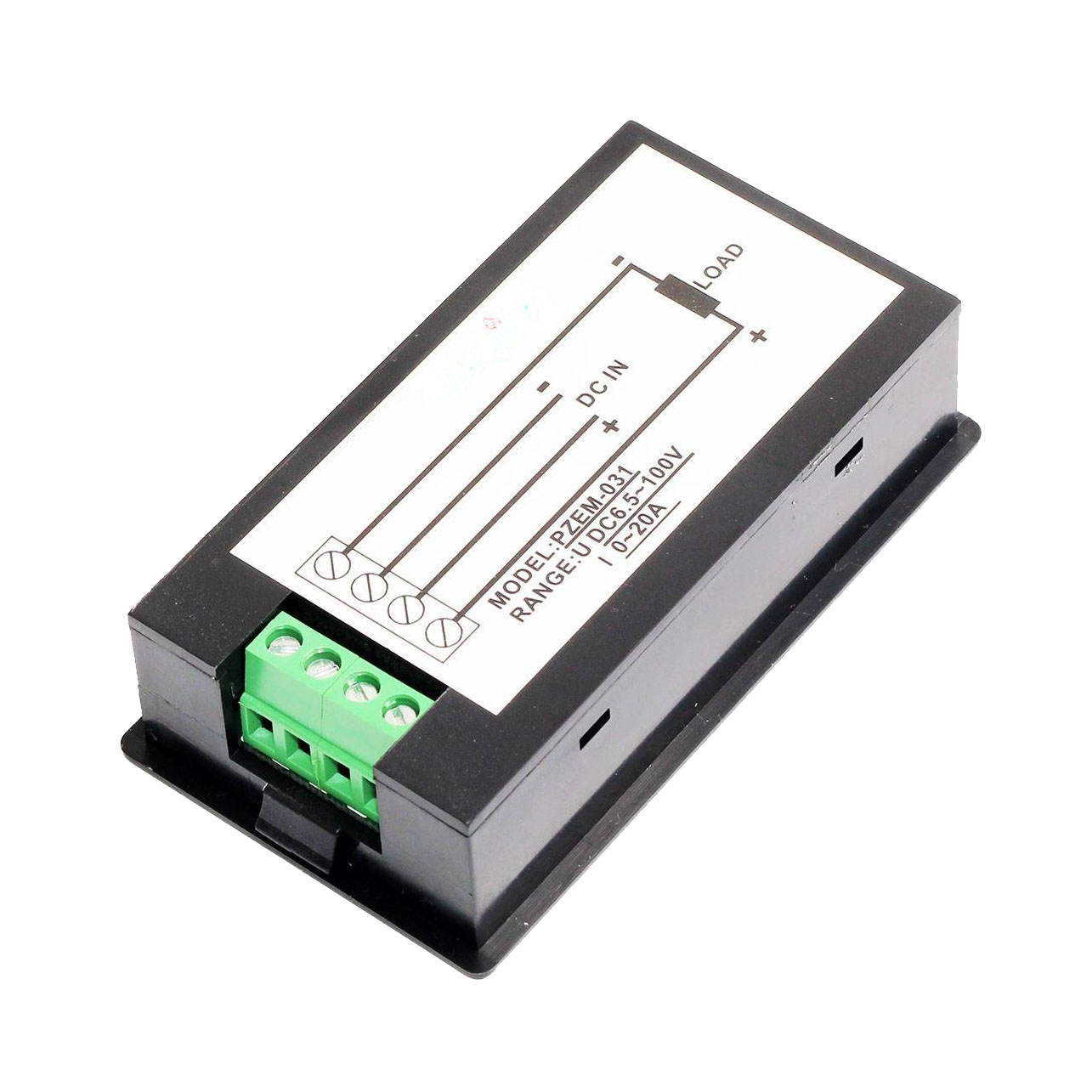I've got a small LCD display
which needs wiring live/neg supply and live/neg load.
I have two solar panels wired through a Schaudt LRM1218 and unsure of how to wire this display up, to pick up supply and load, has anyone fitted a similar display ?
which needs wiring live/neg supply and live/neg load.
I have two solar panels wired through a Schaudt LRM1218 and unsure of how to wire this display up, to pick up supply and load, has anyone fitted a similar display ?



